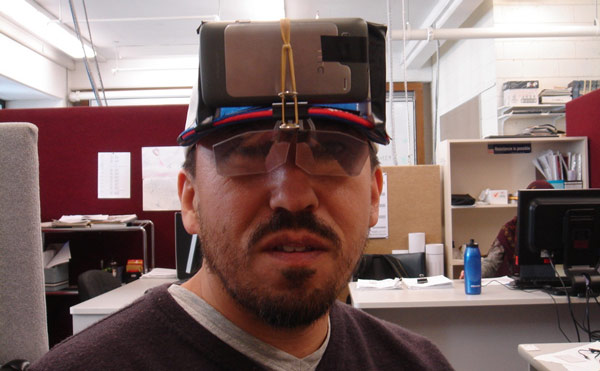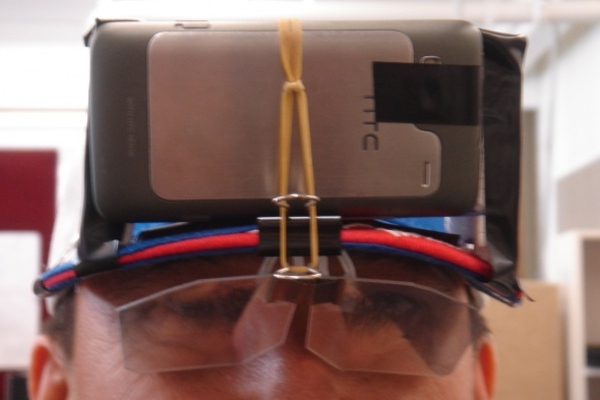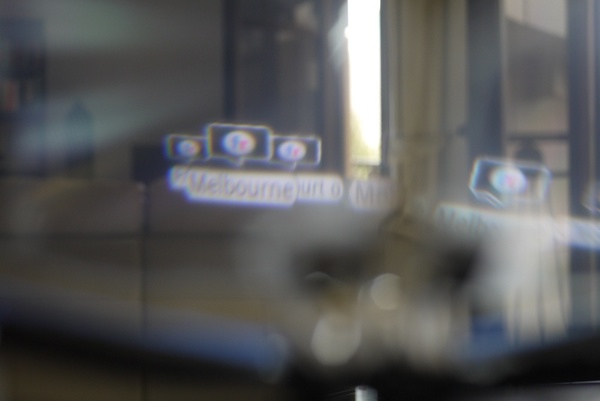Affiliate links on Android Authority may earn us a commission. Learn more.
Man cannot wait for Google Glasses, creates his own

Augmented Reality is a real-world view of a physical environment augmented by sensory inputs including sound, video, graphics, and GPS data. The technology functions by enhancing one’s perception of reality. Information can be overlaid on real physical object, can be interactive, and is digitally changeable.
Later this year, Google is expected to start selling eyeglasses, dubbed Google Glasses, that will project information, entertainment, and advertisements, I’m sure, onto the lenses. The glasses will feature Android software and will function as a smartphone, with the lenses equivalent to a see through screen. Such a device requires a generous dose of augmented reality mapping technology.
But, if you cannot wait to get your hands on this, there is a solution closer to home. A PhD Candidate in Geospatial Science at RMIT University, in Melbourne, Australia, thought just to do what you are looking at before you now. Google Glasses do it yourself edition is born.

Matt Kwan decided to make his own HUD(Head-Up Display) using an HTCDesire Z, a baseball cap, two fresnel, a plastic mirror, some mirrored film from an iPhone screen protector, and assorted office supplies. The smartphone is held in place by a rubber band, and whatever is on the screen, gets displayed in the wearer’s field of view. The fresnel lenses are required to push to perceived distance of the screen to about 50 cm, to avoid serious eye-strain.

According to his notes, this setup worked quite well, with some design changes recommended to make it even better.
The image quality from the fresnel lenses was mediocre at best. Use a pair of lenses in series to get the right focal length created distortion around the periphery since the mounting wasn’t very rigid. He recommends using single, rigid lens with just the right focal length. The reflected light from the screen was also dim in direct sunlight, as the mirrored film was not very reflective. He also suggested using a phone lighter than the Desire Z, like an iPhone. Now, now, we can’t have that now, can we?

Overall, this worked as a proof-of-concept. With the right software and perfected design, this might be the next big breakthrough in mobile communication technology, but Google’s closer than ever. See here.
Will you be trying this at home? Are you looking forward to Google Glasses? Is augmented reality the next big thing?